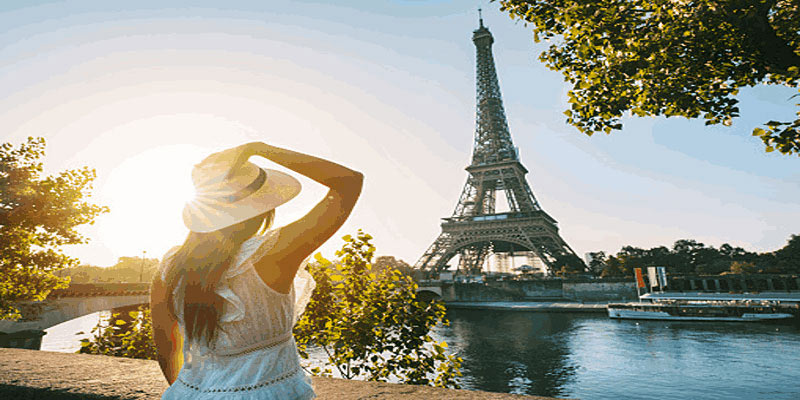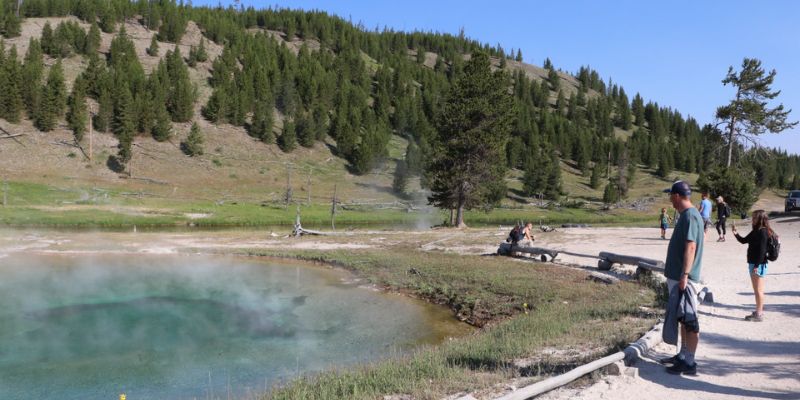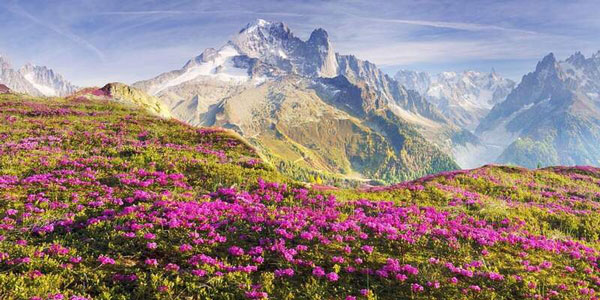Avoid This Dangerous and Overcrowded Stretch of Rome's Catacombs
Sep 05, 2024 By Juliana Daniel
Romes catacombs are a fascinating network of underground burial sites, providing a unique look into the citys ancient history. While many areas are safe and captivating, certain stretches are known for being dangerous and overcrowded. The narrow, winding passages and high volume of visitors can make these sections particularly challenging.
To ensure a safer and more enjoyable visit, it's important to be aware of the risks associated with these crowded areas. Planning and avoiding the busiest times can help you navigate the catacombs more safely and appreciate their historical significance without undue stress.
The Allure of Rome's Catacombs
Rome's catacombs, sprawling beneath the city, are a testament to its rich history and the early Christian community. These underground cemeteries were used from the 2nd to the 5th centuries AD and provide a unique window into ancient life and death. With intricate frescoes, ancient inscriptions, and a sense of eerie stillness, they draw thousands of visitors each year.
Popular Catacombs and Their Hidden Risks
Among the many catacombs, a few stand out for their historical significance but also carry risks. The Catacombs of San Callisto, San Sebastiano, and the Catacombs of Priscilla are particularly renowned but come with their own set of challenges.
Catacombs of San Callisto
The Catacombs of San Callisto are among Rome's most famous and frequently visited catacombs. They are known for their extensive network of tunnels, which stretch for over 20 kilometers. This vast expanse includes the Crypt of the Popes, which contains the tombs of several early Christian popes. The site's historical and religious importance means it attracts large crowds.
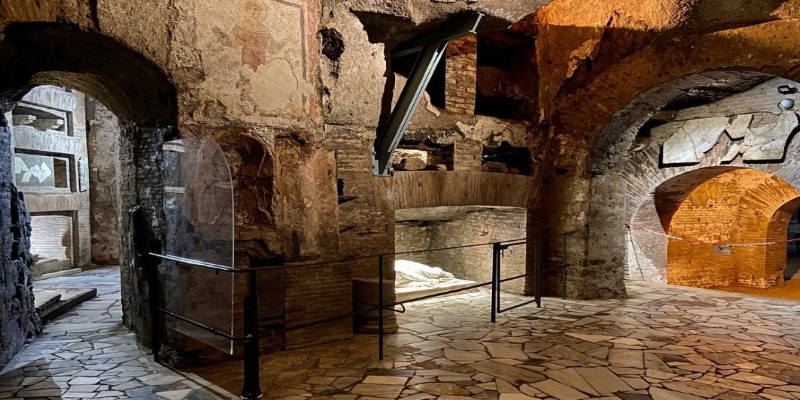
The sheer volume of visitors creates significant challenges. The narrow, twisting passages can become congested, especially during peak tourist seasons. This overcrowding not only makes navigation difficult but also increases the risk of accidents. The high number of people can lead to accidental falls or bumps, and the potential for becoming lost in the maze-like tunnels is higher. Additionally, the constant flow of foot traffic can cause wear and tear on the pathways, making them more hazardous.
Catacombs of San Sebastiano
Located along the ancient Appian Way, the Catacombs of San Sebastiano are famed for their connection to Saint Sebastian and the early Christian martyrs. The site includes intricate burial chambers and a large basilica. Despite its historical significance, the site is prone to overcrowding, particularly because of its location along a popular tourist route.
The narrow corridors and steep staircases in the Catacombs of San Sebastiano can be challenging to navigate when crowded. The risk of accidents is heightened by the high volume of visitors who may be unfamiliar with the layout. Additionally, the uneven surfaces and occasional damp conditions can make the pathways slippery and treacherous.
Catacombs of Priscilla
The Catacombs of Priscilla are renowned for their early Christian art, including some of the oldest known depictions of the Madonna and Child. This site is smaller compared to San Callisto and San Sebastiano but is no less significant. The cramped and winding corridors can become particularly hazardous during busy periods. The confined space can make it difficult to move freely and safely when many people are touring at once.
Essential Safety Tips for Visitors
To have a safe and enjoyable visit, consider these tips:
Plan Your Visit Wisely
To avoid the hazards associated with overcrowding, plan your visit for times when the catacombs are less likely to be crowded. Early morning or late afternoon visits, particularly during the off-season, can help you avoid the peak crowds and have a more enjoyable experience.
Choose Guided Tours
A guided tour can be a valuable choice for navigating the catacombs. Professional guides are familiar with the layout and can help you avoid the most crowded and potentially dangerous areas. They also offer insights into the historical significance of the site, enhancing your visit.
Wear Suitable Footwear
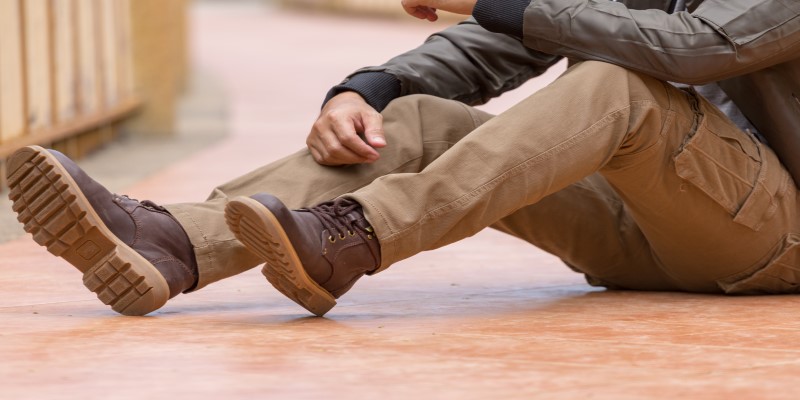
Given the uneven and sometimes slippery surfaces in the catacombs, it is crucial to wear sturdy, comfortable shoes. Opt for shoes with good grip to prevent slipping and ensure better stability as you navigate the narrow passages.
Follow the Guidelines
Adhere to the safety guidelines provided by the catacomb management. These guidelines are designed to ensure the safety of visitors and may include restrictions on the number of people allowed in certain areas, specific paths to follow, and emergency procedures.
Bring Essential Items
Although the catacombs are generally well-lit, carrying a small flashlight can be helpful for navigating darker areas. Staying hydrated is also important, as the underground environment can be dry and stuffy.
Exploring Alternatives
If youre concerned about the dangers associated with the more crowded catacombs, consider visiting less popular sites that offer similar historical insights without the risks.
Catacombs of Domitilla
The Catacombs of Domitilla are less frequented but equally rich in history. Located near the Basilica of Domitilla, this site features well-preserved frescoes and spacious corridors. It provides a quieter experience compared to the more crowded catacombs, making it a safer option for those seeking a more relaxed visit.
Catacombs of St. Agnes
Situated near the Basilica of St. Agnes, this site offers a serene alternative. The Catacombs of St. Agnes are known for their historical art and relatively less crowded pathways, making them a more comfortable choice for visitors looking to avoid the hustle and bustle of the more popular sites.
Conclusion
Rome's catacombs are a remarkable part of the city's heritage, but some stretches can be particularly dangerous and overcrowded. The Catacombs of San Callisto, San Sebastiano, and Priscilla are notable for their historical significance but also the risks associated with their popularity.
By planning your visit carefully, choosing less crowded times, and adhering to safety guidelines, you can explore these fascinating underground sites more safely. Additionally, considering alternative catacombs like those of Domitilla and St. Agnes can offer a more tranquil and risk-free experience.

